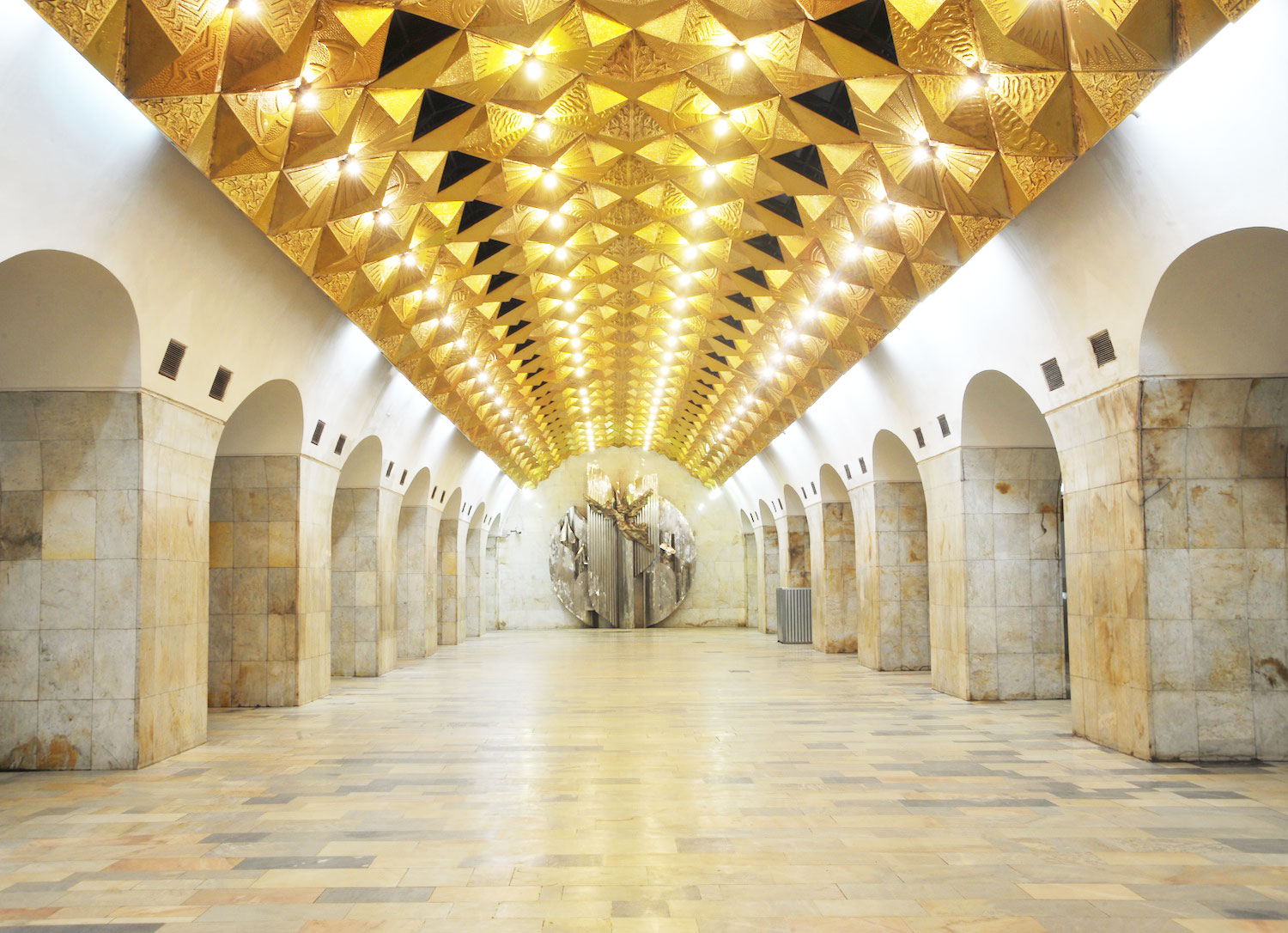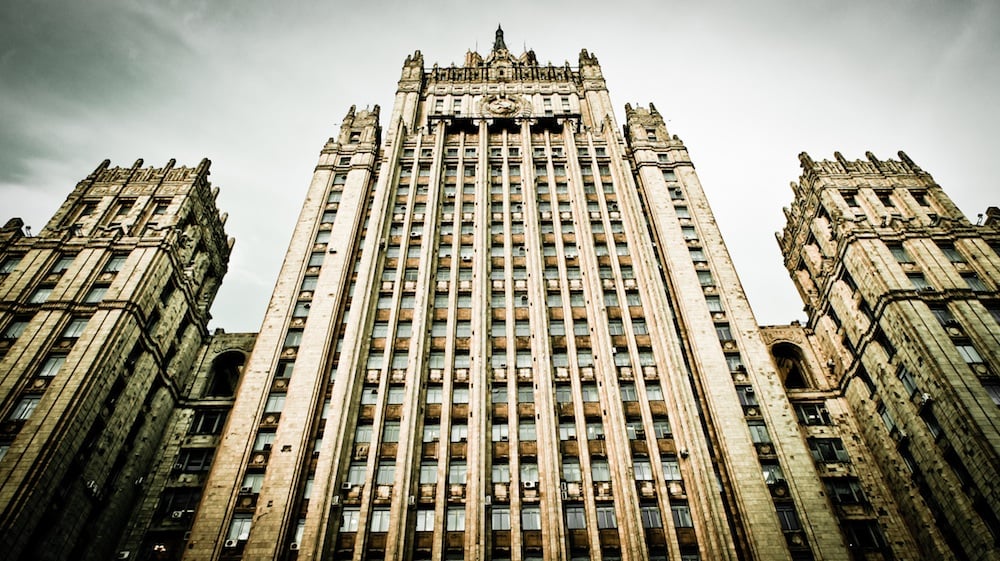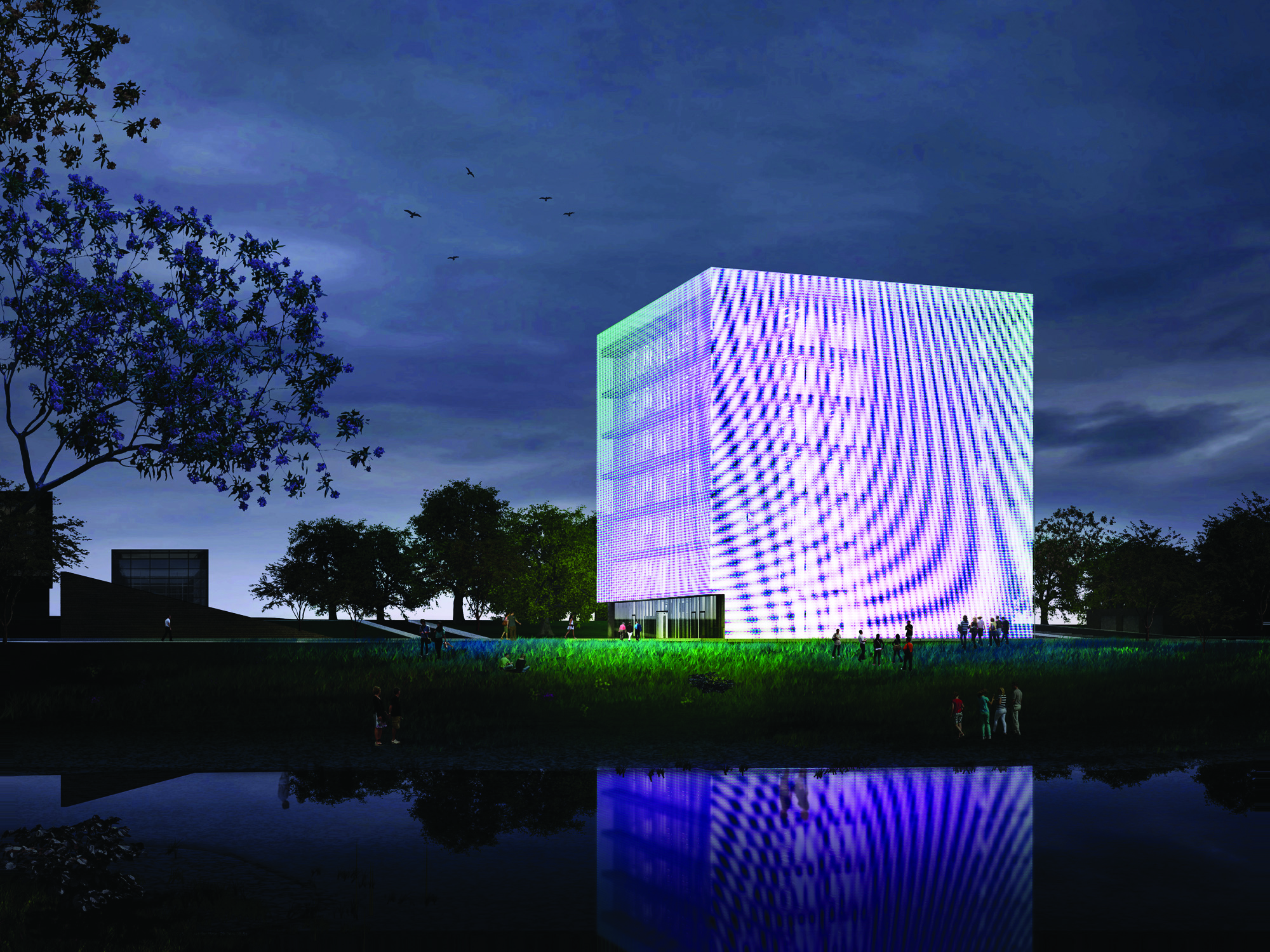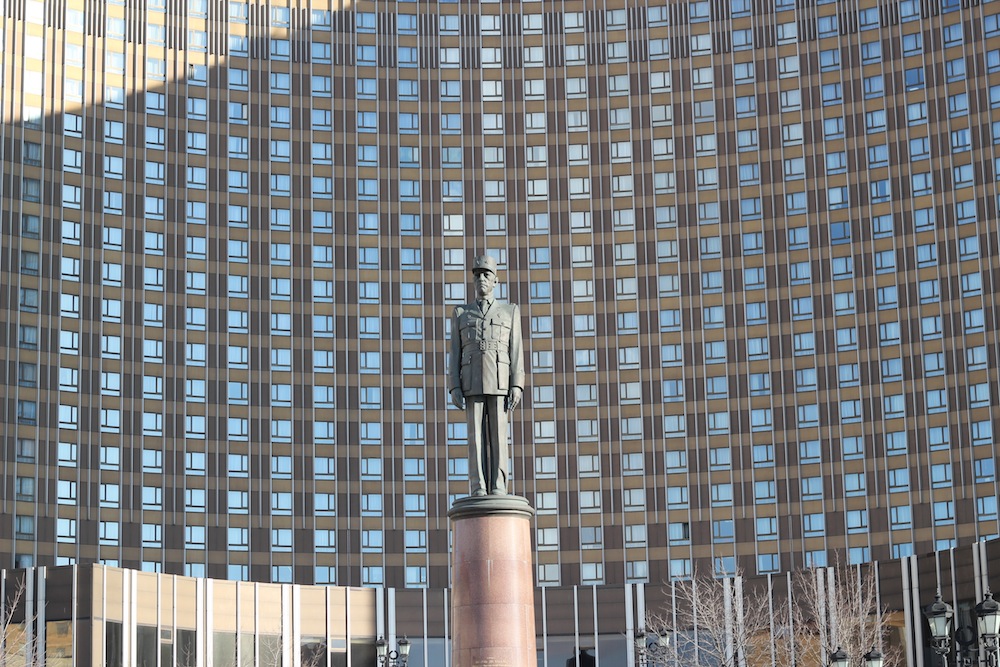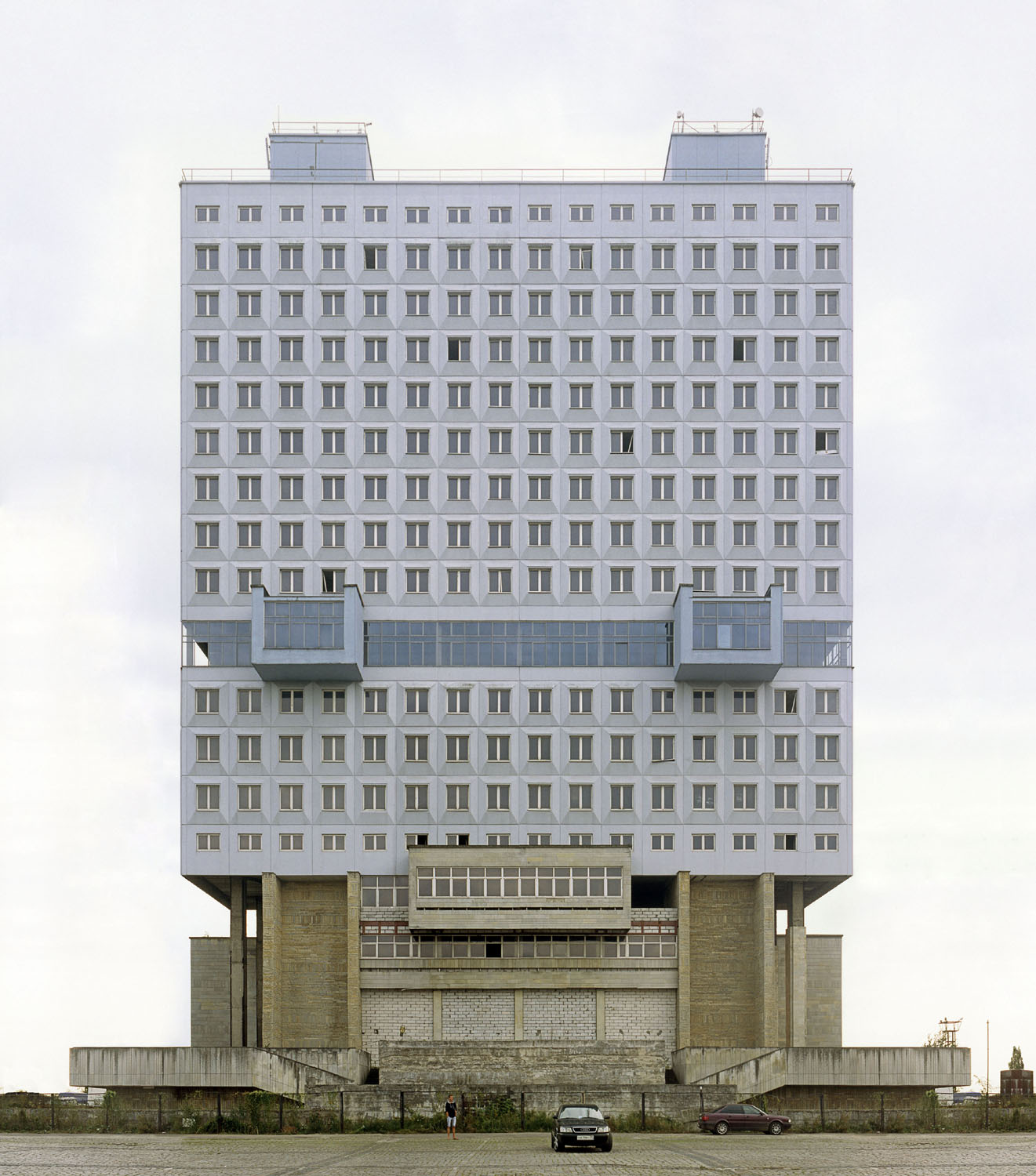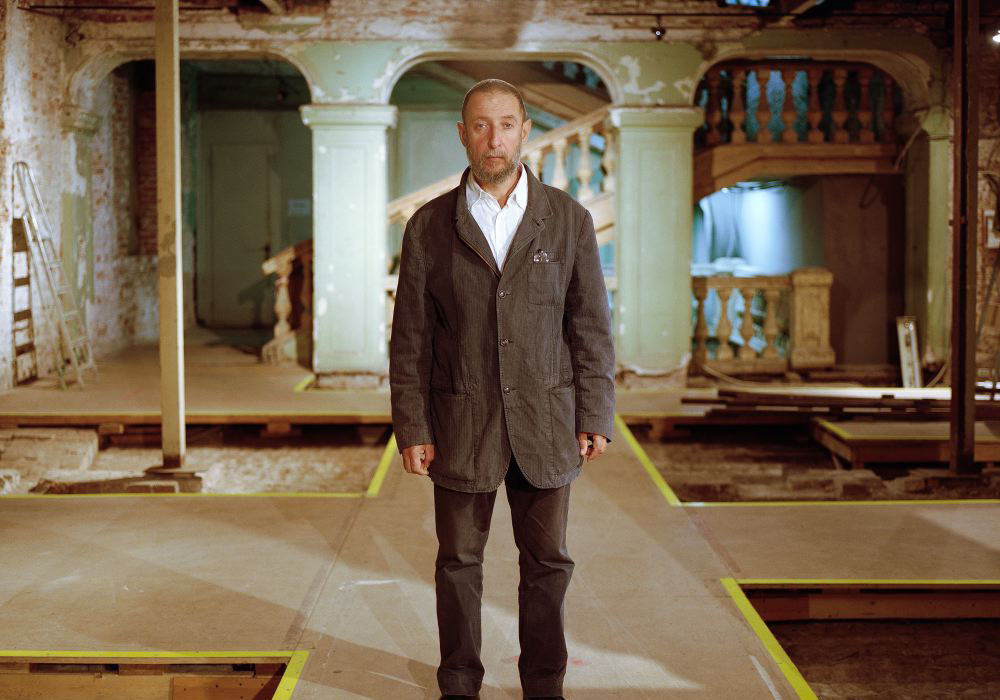Reimagining Russia: from Moscow to Murmansk, London students offer fresh architectural perspective
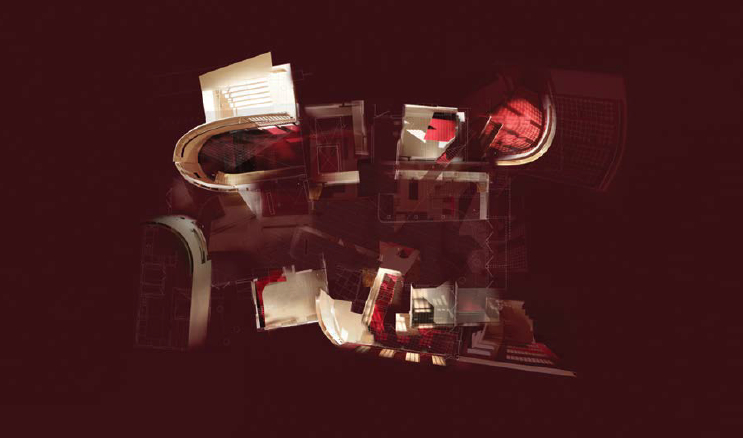
A group of architecture students travel to Russia to design buildings that are both culturally sympathetic and forward-thinking. The results are striking
With images of onion-shaped domes prevalent in the press, it’s easy to slip into stereotypes when it comes to Russian architecture. It was therefore refreshing to see a group of Masters’ students from London’s Bartlett School of Architecture reimagine the country’s architectural landscape for their final year projects, all of which are on display at the Slade Galleries at UCL. The group of 12 students travelled to Russia for just under two weeks in November last year to create models, drawings and multimedia installations in order to convey their architectural vision for the country. “Sometimes it just takes a fresh pair of eyes to see something new,” says Yeoryia Manolopoulou, one of the tutors assigned to the group.
Once in Russia, the group split up. Some stayed in Moscow while others travelled east to Magnitogorsk or north to Murmansk. Others still headed to Kizhi to explore the island’s centuries-old wooden churches. “Our projects respect the history but are also grounded in what is happening in Russia right now,” says student Alice Brownfield. “We fully attempted to understand the current context and actually design a building for these cities.”

For her project, Alice Brownfield visited Narvskaya Zastava
Along the way, the group discovered that the history of Russia is as extreme as its climate, with political tensions regularly reflected in its architecture. Buildings of different eras, made from the materials of the age, are juxtaposed in urban environments. From the country’s grand palaces to its factory kitchens, each embodies the energy and socio-political character of a regime. While the group examined local heritage, they made sure to situate their projects in the context of the 21st century. “We tried to create projects that are politically and culturally grounded,” says student Sash Reading. “We tried to represent our experience of Russia but also put it in the context of its rich ideological history. This dialogue between materials and the history of the places we visited was important to us.”
After its multi-coloured cathedrals and wooden churches, it is perhaps the architecture that emerged during the Soviet era that is best known to outsiders. As part of her exploration of this period and the Communist legacy, Brownfield headed to Narvskaya Zastava, a St Petersburg district that was redesigned in the Twenties as the heart and soul of socialist Leningrad, the former name for the city. A Constructivist icon, the communal housing designed in the area embodied the socialist values of the time. For her project, Brownfield focused on the role of libraries and public kitchens in the 21st century by designing a building where elements of the two overlap. The result is a communal space comprising inter-connected pavilions where visitors can read and eat together. “I attempted to almost ‘lift’ the architectural elements of that period and place them in the modern context,” she says.
“[The Moscow Metro] is more than just a functional space where people meet nowadays. Its heritage is important and should be celebrated”
Another student, Charis Mok, investigated the history of the Soviet metro system. In particular, the Metro-2, a parallel underground system, closed to the public that was built for the evacuation of government officials. “I was interested in Moscow’s amazing underground network,” she says. “But I felt that it was more than just a functional space where people meet nowadays. Its heritage is important and should be celebrated.” This led Mok to design a subterranean public square with plenty of red and gold to reflect its location beneath the Red Army Theatre, a Stalinist structure built in the shape of a Soviet star.
With an interest in more extreme urban environments, Tamsin Hanke headed to the city of Magnitogorsk, a model steel town that was rapidly developed under Joseph Stalin’s Five Year Plan in the Thirties. Hanke explored the city’s history, which has largely revolved around the extraction of iron ore, including the Magnitogorsk Iron and Steel Works, which continues to employ the majority of the local population. Her project attempts to offer respite from the city’s aggressive capitalist structure by creating a venue, separate from the iron industry, for economic and cultural diversification. Her simple design of a building that sits in the surrounding landscape symbolises a push back against the imposed, top-down order.
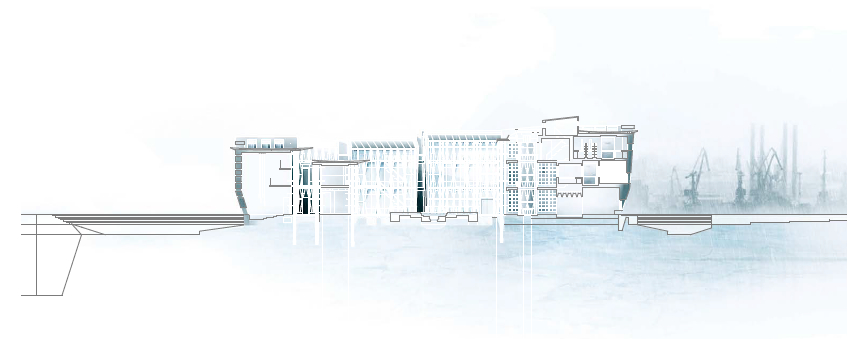
Sash Reading’s design of a university faculty in Murmansk
Heading up north were the students travelling to Murmansk, the largest city in the Arctic Circle in Russia. Following a bleak period in the Nineties when the Russian economy imploded, the city now boasts a thriving oil-and-gas industry. Sash Reading’s project proposes an alternative model for the city. “Despite the fact that Murmansk is driven by an oil economy, I noticed that a new middle class was emerging that was interested in art and media, and not just defined by the city’s industrial past,” he says. Responding to this change, Reading designed a university faculty that would serve as a platform for political discussion, including environmental and social concerns, among the city’s inhabitants.
Humbled by the sheer scale and complexity of the country and its rich history, the students say they hope to be able to collaborate with Russian architects and designers in the future, especially those in the regions. “We are all staying in touch with the people who helped us in Russia,” says Brownfield. “We are going to send them our work.”
